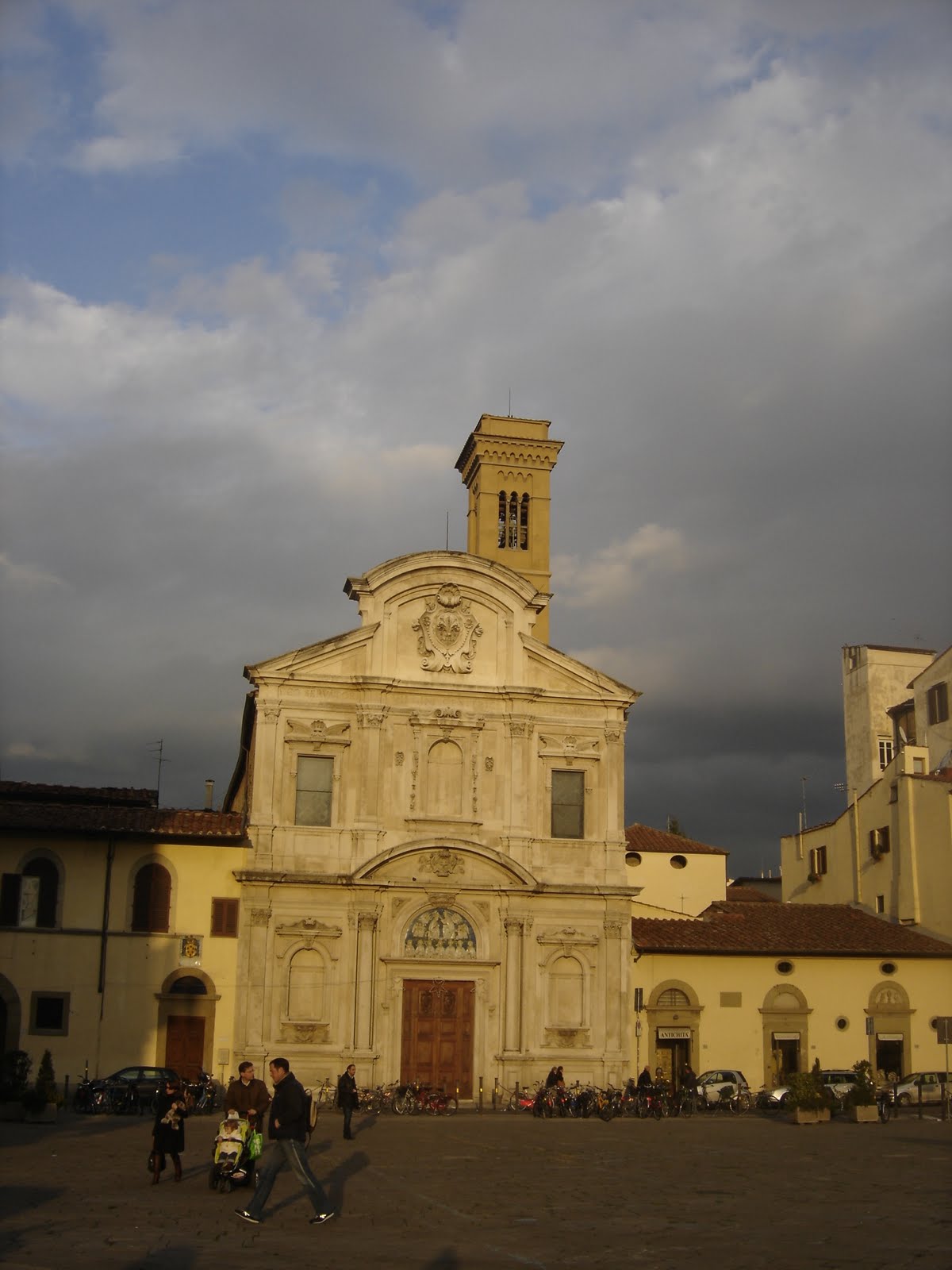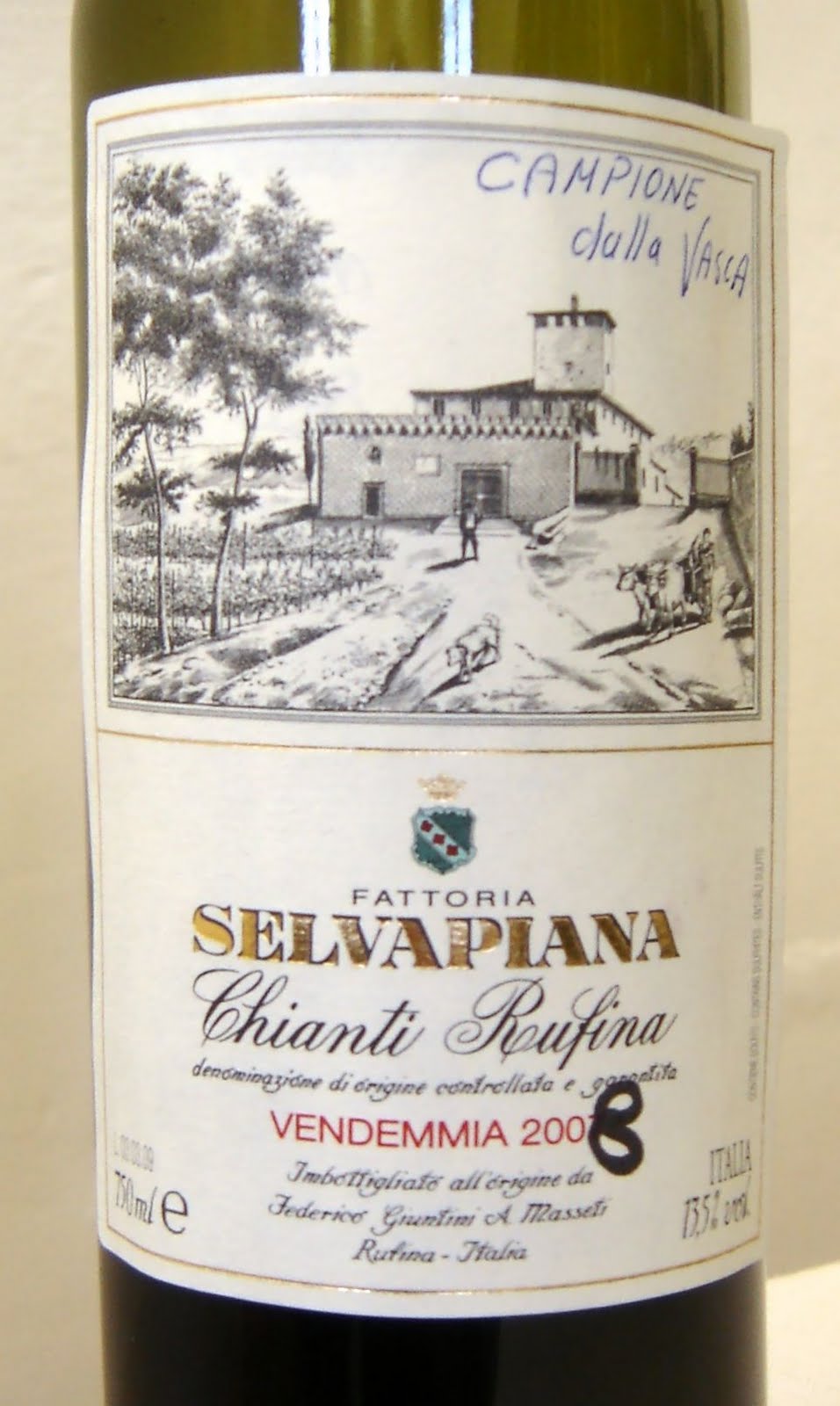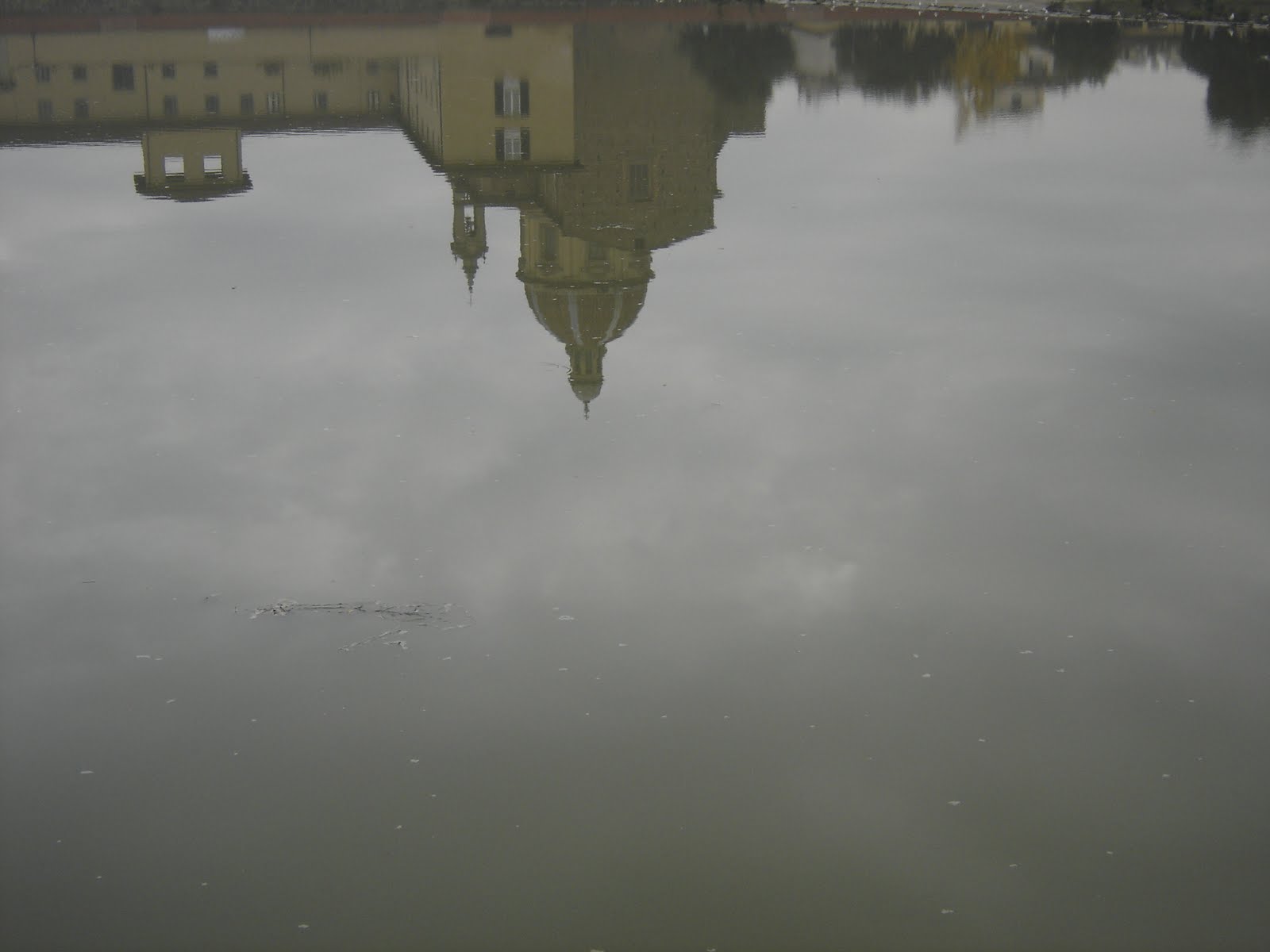Apenninic wine
Posted on 15 November 2009
Rúfina is a town east of Florence that produces, on just 750 ha of vineyards, a red wine from the Sangiovese grape that is labelled Chianti Rúfina. Like many Italian appellations it invites journalists to come and taste through the new vintages and so I’m in Florence to report for you on the 2007, 2008 and other trivia.
Rúfina is a zone with many assets. It is well located on the Western slopes of the Apennines, rather high by Tuscan standards (some vineyards up the 650m mark) on very good dolomitic soils. On paper, in a good sunny vintage with a prolonged autumn (Sangiovese’s favourite conditions) it should produce an exciting medium-bodied red wine with good structure, minerality and considerable ageing potential.
Yet it rarely does. The level of bad wines here – oxidised, reduced, vinegarish, dirty – is the same as everywhere else but there’s a surprisingly high proportion of average stuff: not downright bad but just devoid of any character. Or perhaps it’s not so surprising after all when you look at the figures: on 750 ha of vines there are just 23 bottlers operating (the similarly sized DOCG Barbaresco in Piedmont has 10 times that). Rúfina is dominated by large industrial players and there isn’t enough competition between the small estates to guarantee a steady increase in quality. Viticulture in many places is still primitive.
Rúfina has two world-known names: Frescobaldi and Selvapiana. The former are producing – besides an ocean of every conceivable Tuscan wine from Chianti to Ornellaia – two definitely engaging Rúfina bottlings, Nipozzano and Montesodi, which however are so much Bordeaux-styled that in a comparative tasting, anyone would pick them out of a bunch of Rúfina Sangioveses. The 1985 and 2007 Montesodis I’ve tasted over the last two days are very serious wines with considerable concentration and a fine design to the tannins but the blueberry register is so un-Tuscan. Selvapiana, on the other hand, remains a benchmark for its 1960s and 1970s Riservas – last year I’ve had a superlative tasting of the 1965, 1970, 1979 and 1982 that were second to no other Tuscan wine – but it seems to have changed its course considerably over the last years. In 2006 and 2007 the flagship bottling, Bucerchiale, is tasting puzzlingly modern and international with big extract and lavish oak notes; the finely poised structure of Rúfina is there but it remains to be seen whether it can rise to proficiency again from underneath the oak. Given Selvapiana’s track record I trust it will. The 2004 Bucerchiale is very good indeed, too.
On the side of uncompromised tradition there is really a single name: Cológnole, belonging to the same family that used to own the well-known Chianti brand of Spalletti. From an impressive estate of 700 ha in the highest crus of the appellation come structured, ungiving, mineral, majestic wines that need a long time in bottle, though the 2007 Riserva del Don is approachable now and, by a margin, my best Rúfina of this very good vintage.
There are some other dynamic estates including the modern-oriented Lavacchio and Castello del Trebbio, whose owner Stefano Casadei is doing some impressive work in the vineyards and whose Riserva Lastricato has been consistently good in 2006 and 2007, with fair weight, balanced oak and very good potential. I’ve also been happy with Fattoria di Grignano that is a bit more traditional-oriented, especially with its basic Chianti Rúfina that’s perhaps the most consistent of the bunch.
From the other 16 estates that I’ve tasted this year and last, the impressions are mixed but 2008 Chianti Rúfina from Frascole, Il Pozzo, Il Lago and Dreolino are recommended, as well as the 2007 Riservas from Travignoli, Fratelli Bellini and Il Capitano. These estates are still rather inconsistent in quality but they remain a good source of reasonably terroir-driven, continental-profiled, structured, mineral, ageworthy wine. In your diet of Chianti Classico, do make room for Rúfina from time to time. It’s well worth a detour.




